
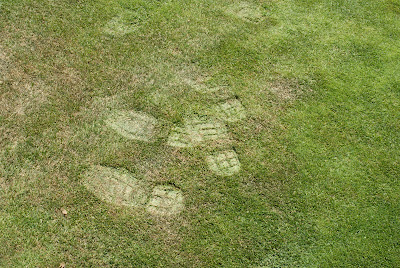
An easy way to check if your yard needs water, and avoid over watering, is to step on the grass and see if your foot prints stay or if the grass springs back. Grass that springs back doesn’t need to be watered.
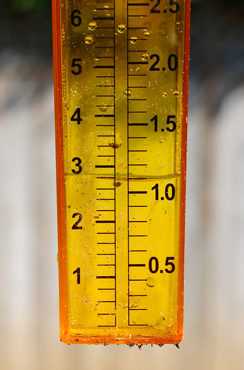
Save water with these tips this summer: avoid watering yard when it’s windy or hot, use a rain gauge and stop watering when it gets to 1 inch, position your sprinklers to avoid watering sidewalks, driveways, and roadways.
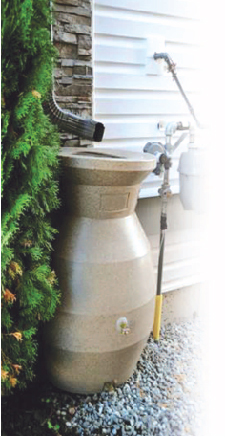
Use a rain barrel to water your outdoor plants. Rain water is healthier for plants, reduces storm water runoff, and conserves tap water.

Reduce the amount of water your yard needs by fully saturating the soil when you sprinkle. Applying 1” of water to your yard ensures full saturation of the soil, promoting deeper root growth and a healthier lawn that needs less water. Applying more than 1” increases water runoff. Consider using a rain gauge when sprinkling to help conserve water.
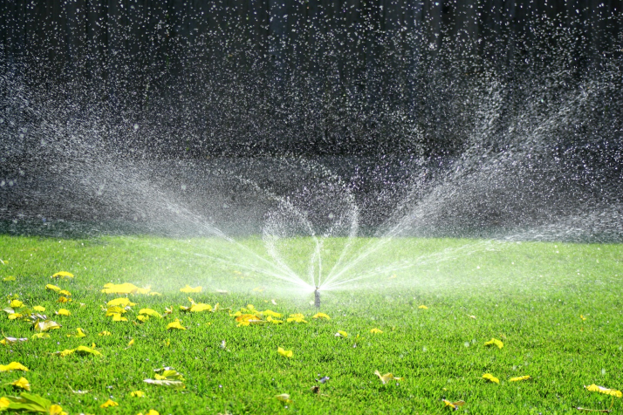
Save water this summer by watering your yard at the right time of day. Run your sprinkler or irrigation system in the morning before the heat of the day. Sprinkling during the middle of the day wastes more water to evaporation causing you to use more. You can also limit excess evaporation by avoiding sprinkling when it’s windy.

Conserve water this summer by watering your yard at the correct time. In Minnesota, it is best to water between 4 am and 8 am. Watering during the hot mid-day will evaporate more water. Also, avoid watering on windy days when much of the water can be blown away.
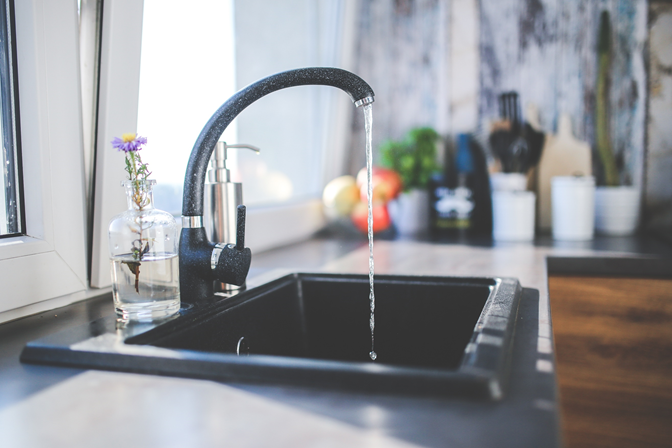
Use a small wash basin in your kitchen sink to collect water while you wait for your tap to warm up. You can conserve gallons of water a day by using this “warm up” water to water your plants and flowers, or simply to rinse off utensils used for cutting bread or measuring dry goods.
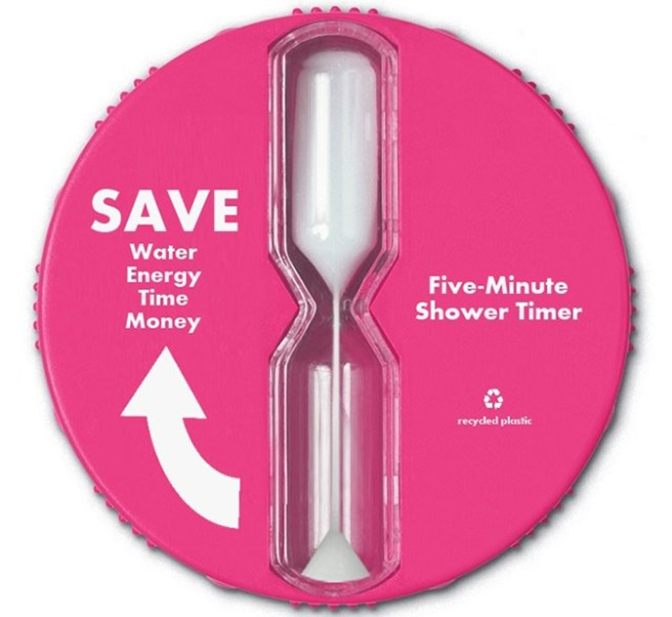
Use a timer to help take shorter showers. Each minute you cut from your shower time will save you 550 gallons a year!
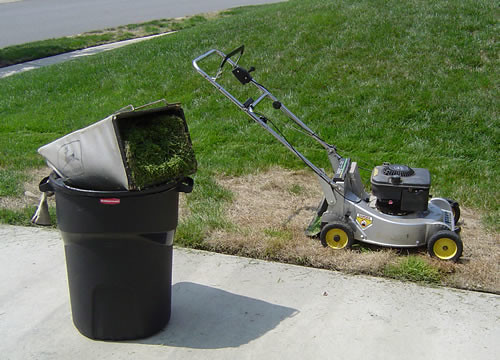
Conserve water and reduce your chores by leaving your grass clippings in the yard instead of bagging them. Grass clippings help hold moisture and cool the soil, reducing how much water you need to keep your yard green. Not only will you have to water less, but the clippings will help feed your lawn and reduce the amount of fertilizer needed.
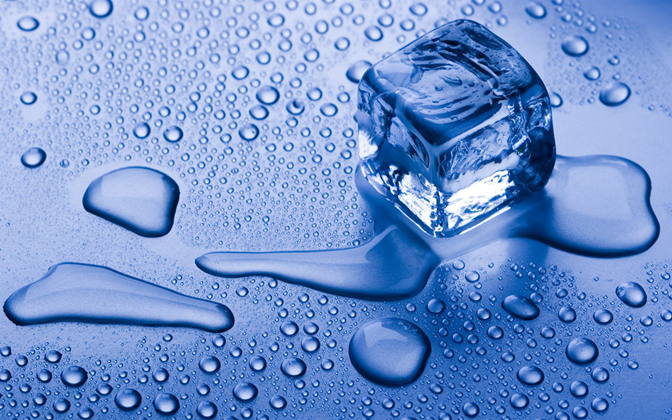
Summer weather means using, and dropping, more ice cubes. Most dropped ice cubes get tossed straight into the sink without a second thought. Consider tossing that ice cube in one of your house plants instead to save a little water. The water can be put to good use instead of just sent down the drain, every little bit helps.

Using a rain gauge can help determine how much water you have applied to your yard to ensure you don’t over or under water. Fully saturating your yard with 1” of water helps promote deeper roots and healthy grass while reducing wasted water. Unhealthy lawns require watering more frequently which increases your summer water consumption. Applying more than 1” can be wasteful by causing excess runoff. Most importantly, check your yard before watering to ensure you only water when your yard needs it.
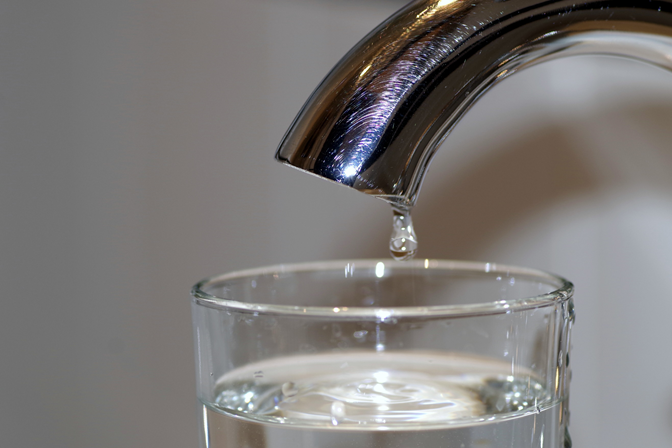
According to the EPA, a leaking faucet can waste 3000 gallons of water in a year; enough for 180 showers! Before replacing a leaking faucet, check for a worn gasket or washer. Replacing a worn gasket will often fix the leak.
https://www3.epa.gov/watersense/pubs/fixleak.html

